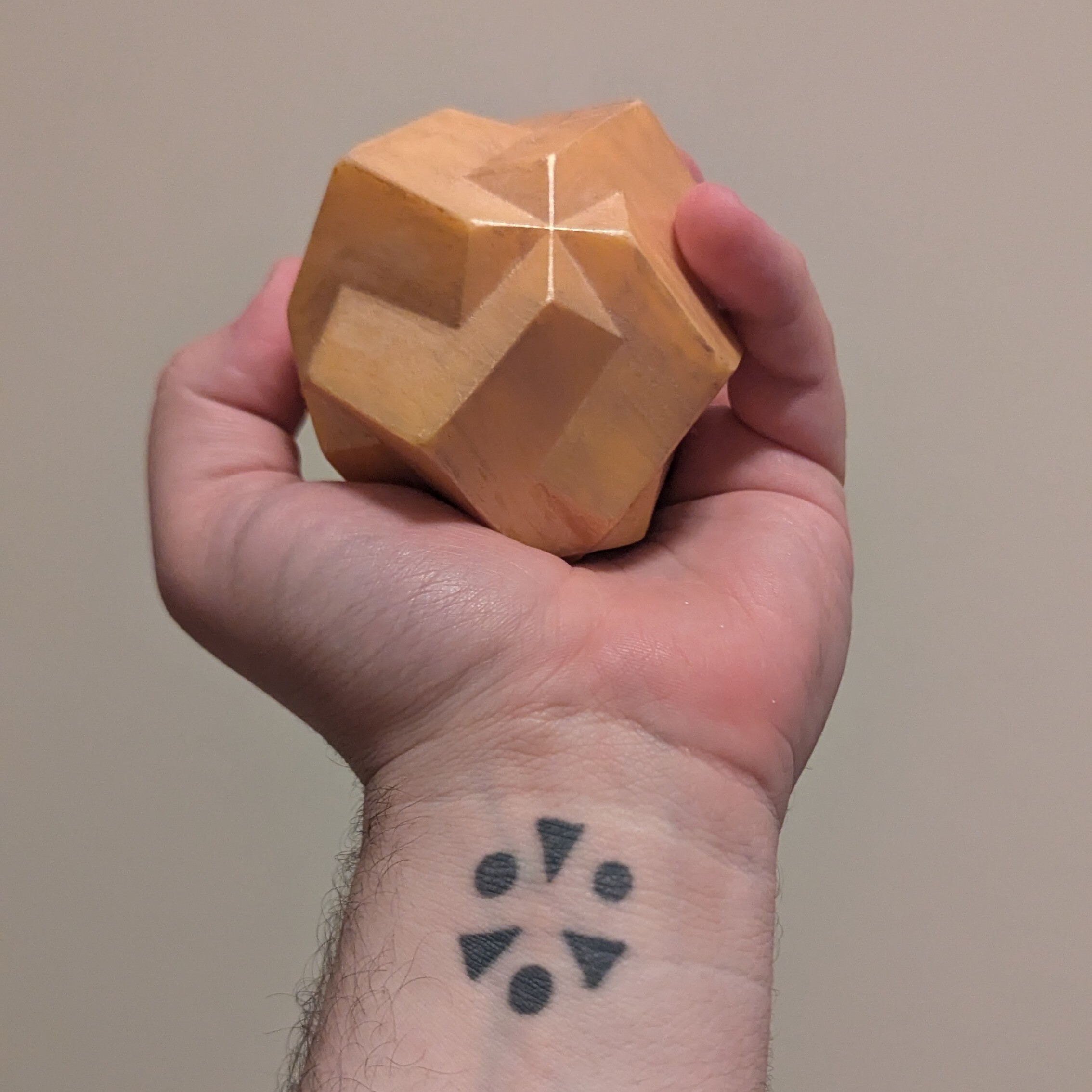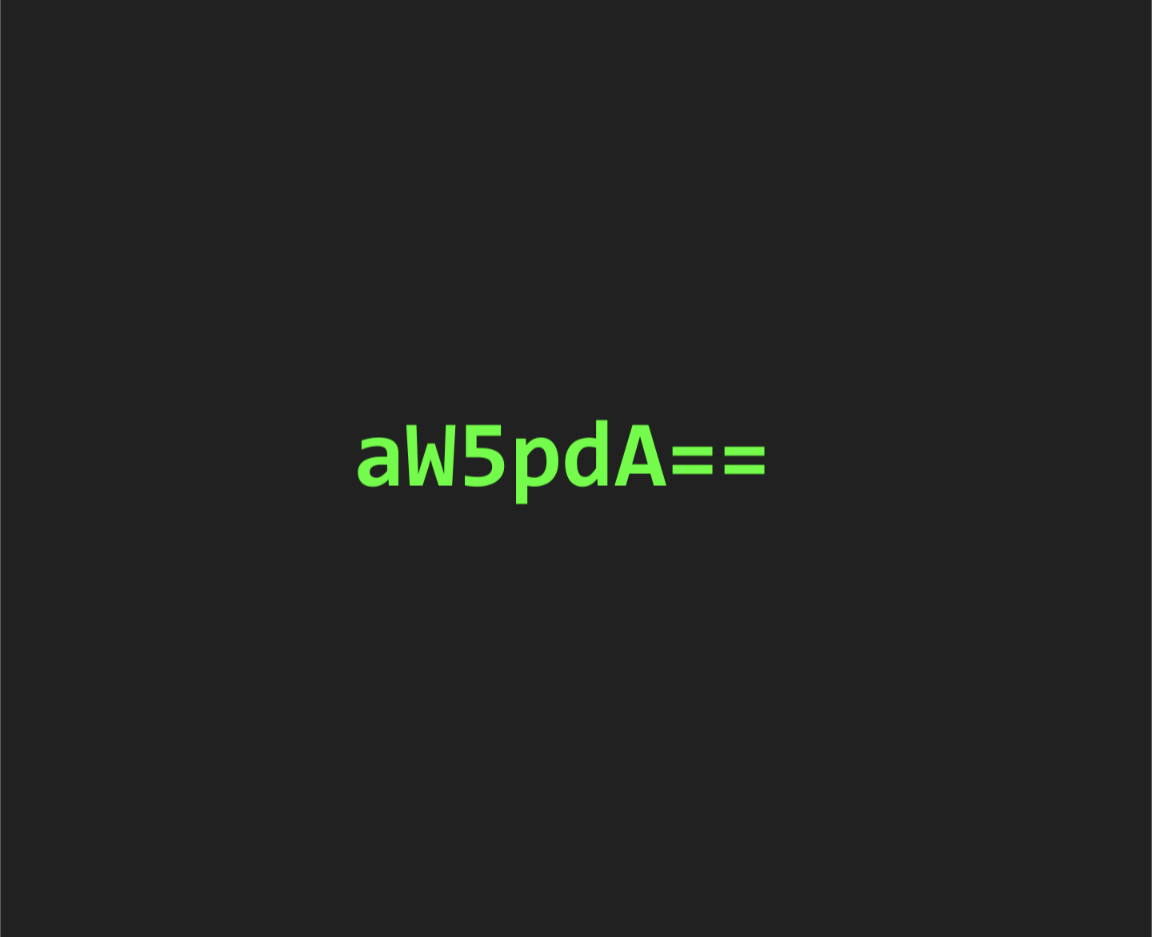Really though, the most ardent defence of USC units is fuelled by great amounts of Copium. The US Customary set of measurements is several independent systems of measurements which often radically different origins and sometimes irrational conversions, all stacked upon each other and dressed in a trench coat. For instance, the mile has Roman origins while the inch and foot were defined separately, much later, and with a lot of regional variation. The French foot was longer than the English foot, which is why Napoleon was listed as 5’2" tall while he was actually closer to 5’9", or 1.71 m, which was pretty average for the time.
Which one of these is more straightforward to calculate:
-
You are tasked with installing a rail along a 1 mile long bridge. You know you can use two half inch bolts to affix it every three feet. How many bolts do you need?
-
You are tasked with installing a rail along a 1,5 km long bridge. You know you can use two M12 bolts to affix it every metre. How many bolts do you need?
Conversions within dimensions in USC require you to memorise arbitrary conversion numbers. Conversions within dimensions in SI require you to move the comma a few spots.
Besides, if the US Customary system of units is so great, why did most of the world voluntarily switch to SI units?
Good example with the Bridge, it’s exact the point with the USC units, source of fatal errors.
-
Everything in America except building trades has transitioned to metric already.
Even our imperial units are defined in metric.
But… PLEASE don’t tell our citizens. It will all be fine as long as we don’t tell them!
This is exactly my experience. I’ve worked for four different manufacturing companies in the Midwest. Three of them were multi billion dollar companies. All four of those companies used metric almost exclusively.
Such a stupid misconception that is constantly reposted
@Zerush Too much hassle to change to metric
But if isn’t.
- start by putting metric units next to the SAE units in the labels
- Eventually people get used to the units and then you phase out the use of them.
All science and most of the mechanical engineering is done in metric already. If you have a car made in the last 20 years ask the fasteners are already metric. So it really isn’t that hard…
We already do that. Looking at a bottle of tea I drank earlier today and it says 16FL OZ (473mL) both units are labeled on most things.
Ford still uses SAE bolts/screws for door panels, but not always.I only keep metric sockets and wrenches in my box, but have to keep a 1/4" socket just for the random Ford I have to work on.
With that attitude it will be. Just because it’s a hassle does not mean it’s not worth doing.
For anything construction-scale, all supplies sold in the US are based on 4x8’ sheet goods and 16-24" on-center framing. I also concede that king George the 74th’s foot length is more human-scale when dealing with large measurements: 20 feet vs 6096 mm. I still use metric when possible, however - I find it easier and more accurate.
For EVERYTHING else I’ve switched to using metric.
Context: I grew up in the US using imperial units and only pivoted to the metric system in 2020. If I grew up thinking in metric and building supplies/standards used it, it’d be superior in every way.
TL;DR I like my imperial/metric combo tape measure.
6096 mm does sound really stupid when you could just say 6.096 m.
All plans use mm exclusively. Airport blueprints, for example, are in mm. At first blush it seems excessive, but it makes sense from a consistency & accuracy POV - 6.096m takes up 2 more characters than 6096 - they don’t even need to specify the units “mm”, because it is assumed, and anything else introduces room for error.
“Ok Bob, we’re going to build a runway, it needs to be 3,962,000 mm long”
It’s easier for handling real things.
Try doing woodwork in feet and inches for a day. Try it in metric for a day. You’ll see what I mean.
It was crafted for the human-scale, whereas metric was worked out on paper by French philosophers.
Human scale? Not yours or mines, measures of the ffoot, thumbs and random desires of a dead British King in the far past. No problem in metrics, at least if I don’t build a hut in the wood with an axe, then maybe using parts of the body for measures are usefull. Not the first furniture I made, also working in metal. Also in mathematic and physic the metric system is way better (Even NASA now uses the metric system since 2 probes crashed on Marte due to calculation errors in the imperial system)

Just wait for an American to tell you how it’s easier to use fractions with imperial. I’ve legit seen them say shit like 3/8 of an inch is easier to think about than 9.5mm.
Above having to add 3/8, 5/16 and 2/3 inch ¬¬
Quick off the top of your head, what’s a third of 9.5mm?
~3.2mm. I can’t think of any real world application which needs fraction of a millimeter which doesn’t include ah calculator and some damn exact measuring tools.
Quick off the top of your head, why would I use fractions of a cm instead of mm? It’s a workaround for a shit system
Well I’m building a table right now, and it was pretty easy to choose a size for a mortise and tenon in my 3/4" stock, a third of 3/4" is 1/4". If I wanted half its width, that’s 3/8". Mental math is a lot easier than “What’s a third of 19mm.” In the wood shop, I rarely have to divide things by five or ten. I have to divide things by two, three and four a lot.
I rarely have to divide things by five or ten. I have to divide things by two, three and four a lot.
I don’t know anything about carpentry, so I’ll take your word on it.
My best guess is that the standards are different. For example 2cm stock instead of 1.9. Then only the 1/3 is problematic.
I’m building a shaker table out of white oak. I milled all my stock to 3/4" thickness.
Just today, I resawed a board to 3/8", or half its original thickness. I glued two boards together to make 3/2" (1 1/2") thick table legs, and I cut mortises 1/3 the thickness of the stock, or a nice even 1/4".
I’m familiar with the metric system, I learned chemistry and physics in metric. I prefer woodworking in fractional inches because metric seems like a bigger pain in the ass
Quick off the top of your head
We are communicating through writing on an asynchronous web forum.
what’s a 1/3 of 1/8th of an inch?
1/24th.
Fractions of fractions are easy, just multiply the denominators.
okay then my answer to the hypothetical is 9.5/3, which is every bit as easy to find on any measurement device, or to use for any practical purpose, as 1/24th
Well I’m not the person who initially asked you that, I’m just someone who recognizes how easy it is to work with fractions.
Also I have a ruler with 1/12s graduations and while it’s not 24ths, my neighbor has one marked like that.
E: my drafting ruler has a short 24ths scale
I doubt it had much to do with kings, as they didn’t do handicrafts or have to measure things like grocers/traders do.
That image is really stupid, too much wrong with it to go thru.
I am willing to bet that you are simply more used to the imperial system.
I am not convinced that it has any objective advantage over the metric system.
My foot is about 50% larger than my SO’s, but I can perfectly invision 30cm whenever I want or need to.
Cooking too. Try baking a cake in the two.
Pounds-and-ounces is all like “two eights is sixteen”, “three threes is nine”. Nice and handy multiples is what it’s made on.
I’m about equally familiar with the two.
Woodworker in US here, and I prefer metric. Also consider the thickness of plywood is actually in metric now - “3/4” is actually 18 mm but they have to market it as 23/32.
I’ve chosen to join the other 8 billion people on earth.
Are you telling us that you are actually making, say a box, by measuring it with your hands and feet? That’s barbaric! I’m guessing you actually use a tape measure like the rest of us.
You and @Zerush both resorted to this fake idea that [not using the metric convention] = [measuring things with your body-parts]
Very weird lie. I’ll take it as an admission you’re out of sensible points.
That is what you’re implying by saying that imperial is more intuitive. But if you’re measuring with normal measurement equipment that argument is moot. At that point using imperial is easier for you just because you’re used to it. When normal people have to use imperial for things, all intuition is out the door and it will be hell.
You’re failing to externalise your own experience from the situation. Maybe you should practice that a bit more.
Woodworking, sure. You have a piece of wood 2’ 5 5/8“ long that you need to cut into quarters. Can you calculate that in your head? Metric is SOOOO much easier.
here’s how i did: 2’/4=6", 5 5/8"/4=1 13/32, so it’s 7 13/32"
smart to pick a prime numerator!
Alternatively, the same measurement is 752.5mm / 4 = 188.1mm, to a practical number of significant figures. No convertions between feet and inches (or ridiculous fractions of inches), and only one calculation.
Yes but my measuring tape actually has 32nds on it. The meter side only has whole divisions, not tenth graduations.
So the sae “ridiculous fraction” is a measurement I can easily make with tools I have on hand to the tools own limit of precision and double check in my head with five seconds of fifth grade level mathematics while the metric one can’t be actually measured without a set of calipers and honestly would merit long division or a calculator to double check and still needs rounding off a vile eighth of millimeter to hit what is in your own words “a practical number of significant figures”.
Imma throw something out there and I hope the earnest admission that I can’t divide 752.5 by four in my head with the level of confidence required to cut materials by is enough to recognize it not as an attack but as a real grasp at understanding:
People who make posts like yours either don’t measure things in any meaningful way (cutting, dividing, scribing lines, etc) or don’t know how to work with fractions.
Like I said: it’s not an attack, I just can’t see how someone would suggest that the metric equivalent to 13/32 is easier to work with unless they didn’t intend to actually measure it or couldn’t do fractions.
I like imperial for big things. like you said it’s easier. For small things like 3d printing and such I prefer metric (basically anything with increments smaller than 1/16"). It just depends on what scale you need to work on.
I’ve read that it is more easily divisible than metric.
Divide a meter by 3 or 4 and get ugly numbers but a foot or yard divide by 3 or 4 quite cleanly. And so on.
Depending on your application this can be very helpful.
Divide a metre by 4 and you get 0.25 meters or 25cm
Dived a foot by 4 you get 3 inches.
Dived a yard by 4 you get 9inches
Metric here wins in my opinion.
Now let’s go by 3
1m by 3 is yes 33.3r not great but 1m is 100cm and that’s how it is.
1ft by 3 is 4 inches. Sure looks great now.
Except size resolution is far greater in metric in simple forms
Every inch is 2.54 cm obviously they dont round up nicely.
Once we have to go smaller than an inch we need 15/16s of a inch, smaller then a cm we drop down to mm.
10mm makes a cm.
In super practical terms i need a spanner, 16mm is to big, i get the 15 next.
5/8 is to big what do i get next?
(I know the answer)
Also another argument is well whats if you need half a mm etc we just use 0.5m or 0.7mm etc
Very small sizes for most everyone day to day.
Sure it’s not great breaking it too 0.whatever, but metric does it so much smaller as imperial made that jump to incorporate a size smaller then an inch.
1/4 inch is just 0.25 inches
Base 12 has factors: 1,2,3,4,6. Dividing by 5 is tricky.
Base 10 has factors: 1,2,5. Dividing by 3 is tricky.
I think this is it. The 5 factors instead of 3.
I also think there was something to do with fractions of an inch too. Like that divisibility was also an advantage of imperial.
Even these people who are screeching “decimal for everything!” in the thread still use dozenal for time, months, and cartons of eggs.
I was going to mention the base number issue but couldn’t be bothered, i had just only woken up
Division no is the problem in one unit, inch, feet, etc, because use fraccions instead of decimls, but the problem is the conversion from inch, feet to others (yards, miles), which is the source of a lot of errors, like those from the Mars probes or some catastrophigs breaks of bridges in the past, apart of some problems in physics, because using for weught and mass the same unit. No, imperial are not human measures, never has been since humans count with 10 fingers.
I’m terrified of driving the day they move the US from miles to kilometers. People go well over the speed limit as it is. I can only imagine how many people would read the kilometer per hour speed limit as miles.
England still has their speed limits in mph and all road signs are in miles and yards…
I had never considered this before, but you’re absolutely right
There are (huge) costs to retooling production to move from imperial to metric. Even if a company wanted to make that move they’d have to transition in phases and will likely end up with additional equipment to maintain. There’s also significant training for workers (who will likely commit errors in the beginning) which will impact production. And what happens to the old equipment? I’d guess a significant portion of that would end up getting scrapped and landfilled.
Metroids itt btfo, malding, fractionally mogged upon.
deleted by creator
There are 8000 linguistic systems in use today, about 90 calendars, a few hundred legal systems, a few hundred monetary systems, but Redditors fume at the thought that Planet Earth uses >1 convention for weights and distances
Perhaps I’m biased, but sometimes it’s easier to work in fractions. Also, setting room temp is objectively better in F. I can tell the difference between 74 and 75. That said, I’m also a scientist so I’m permitted these opinions.
deleted by creator
No, you are not permitted these decisions because you are something.
Its still bias
My country
menfolk are fools.












